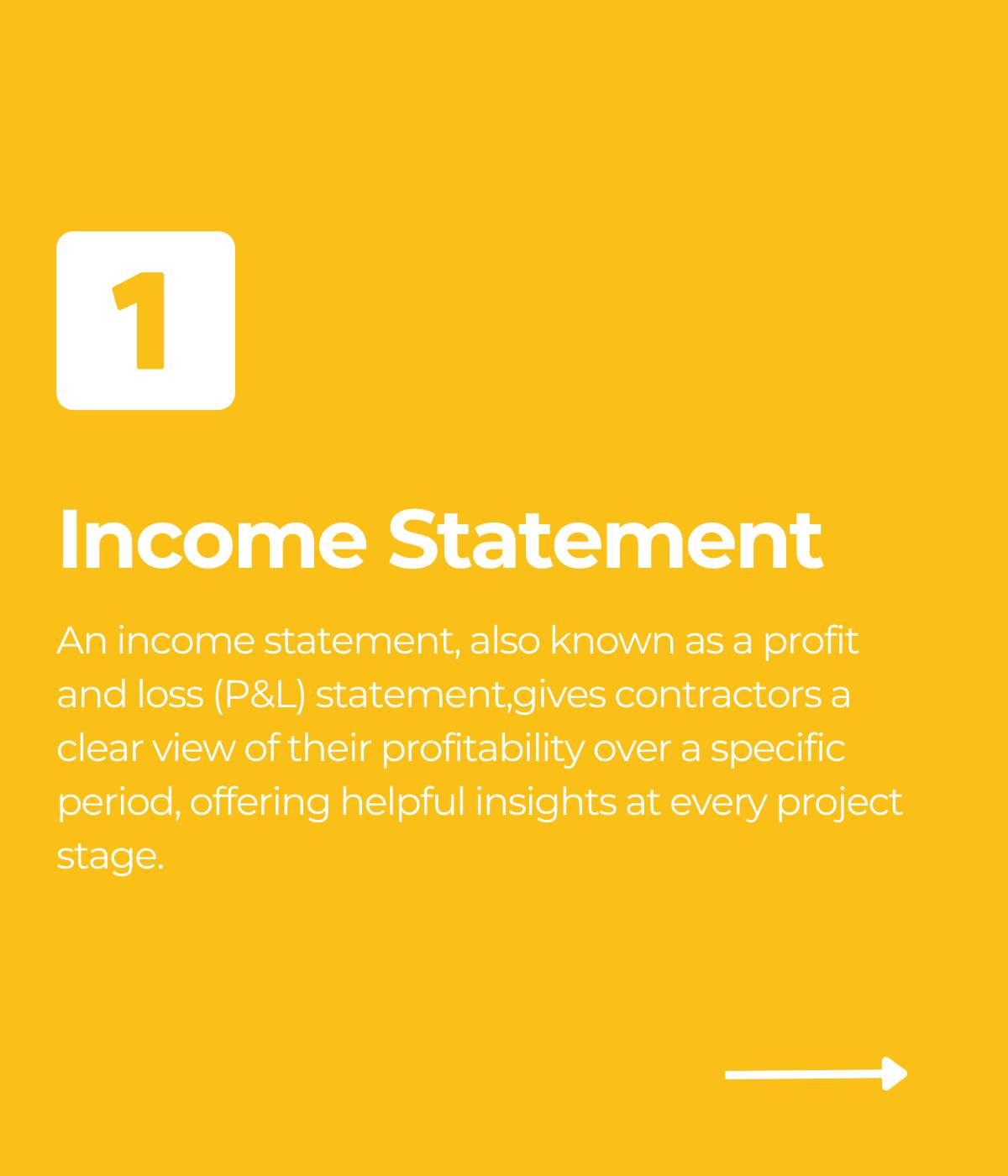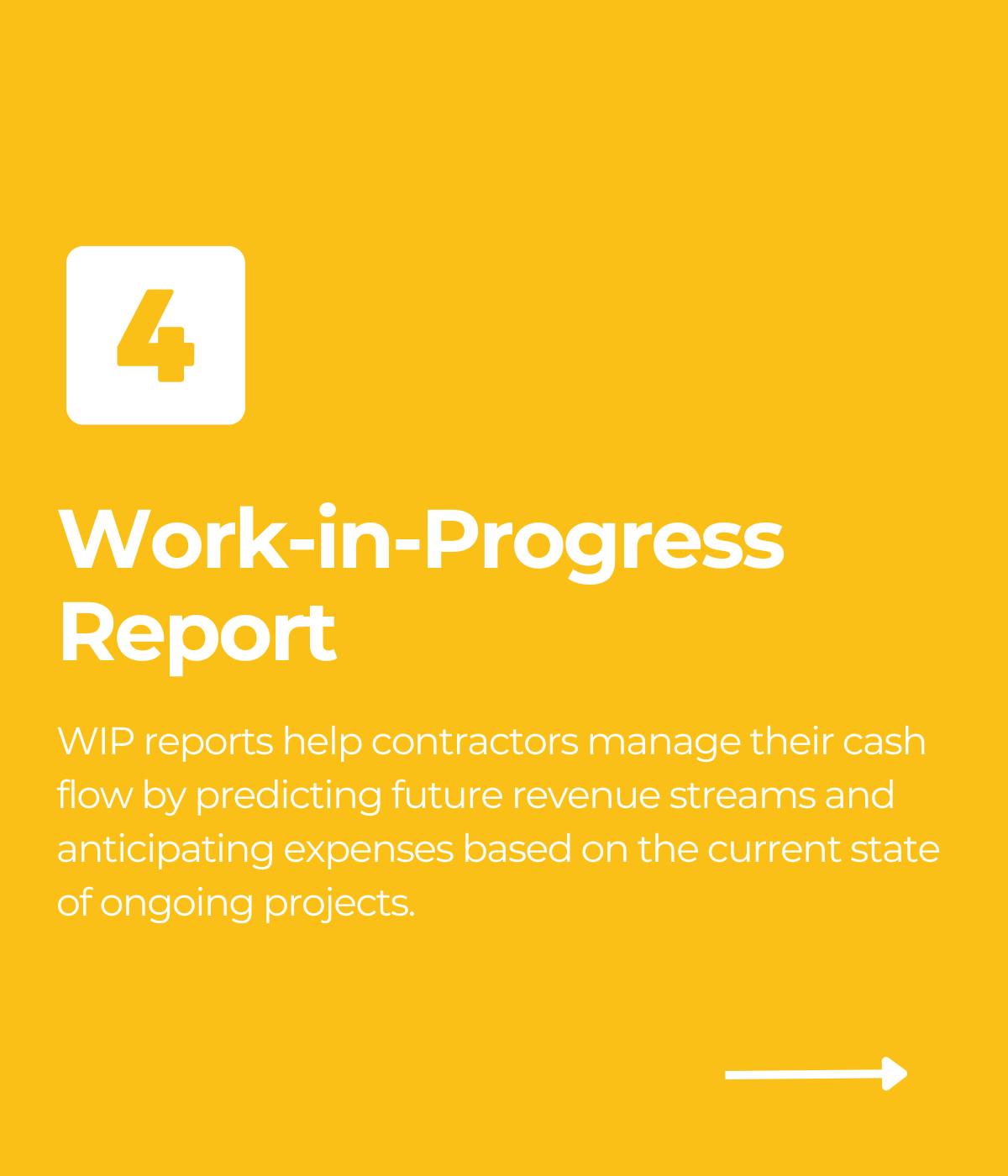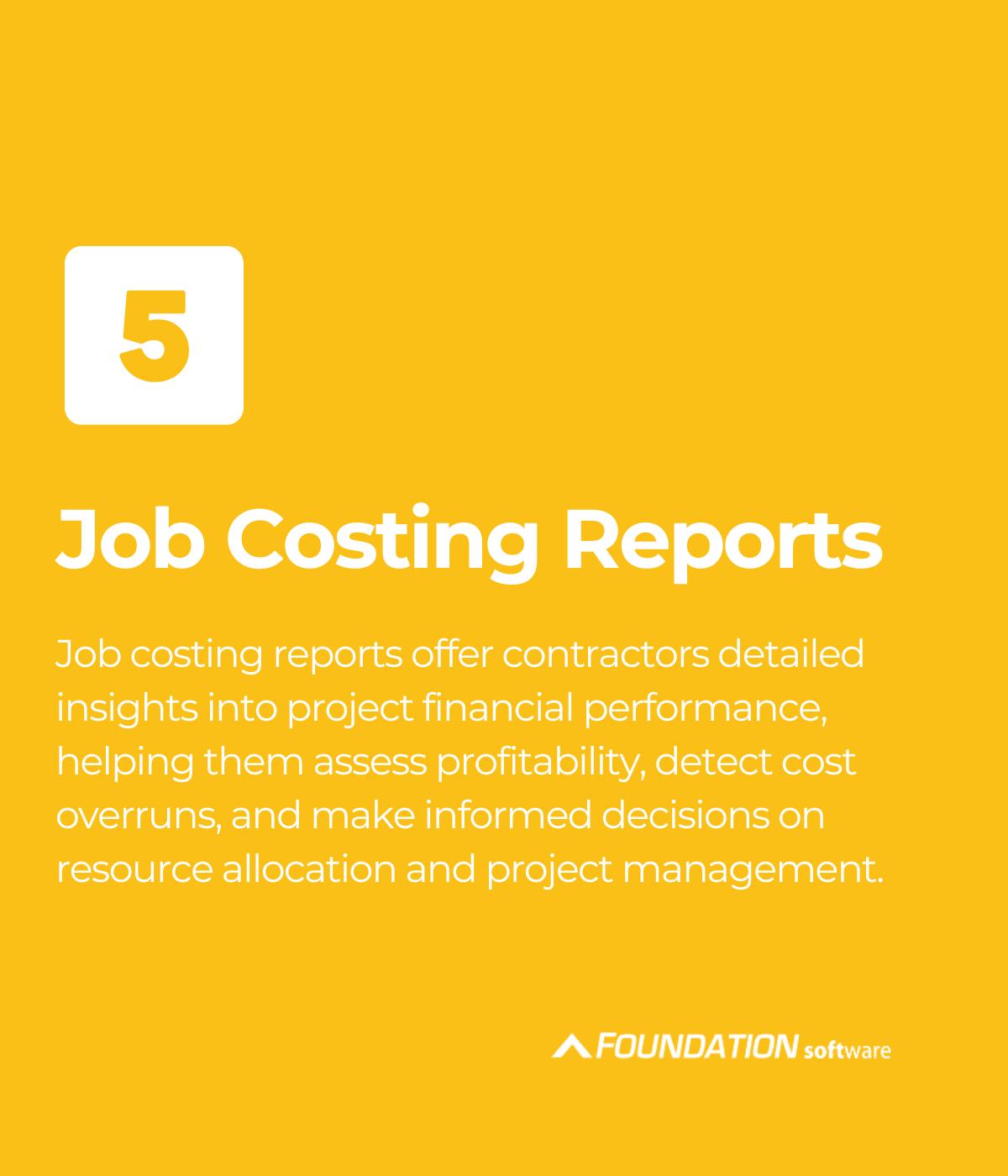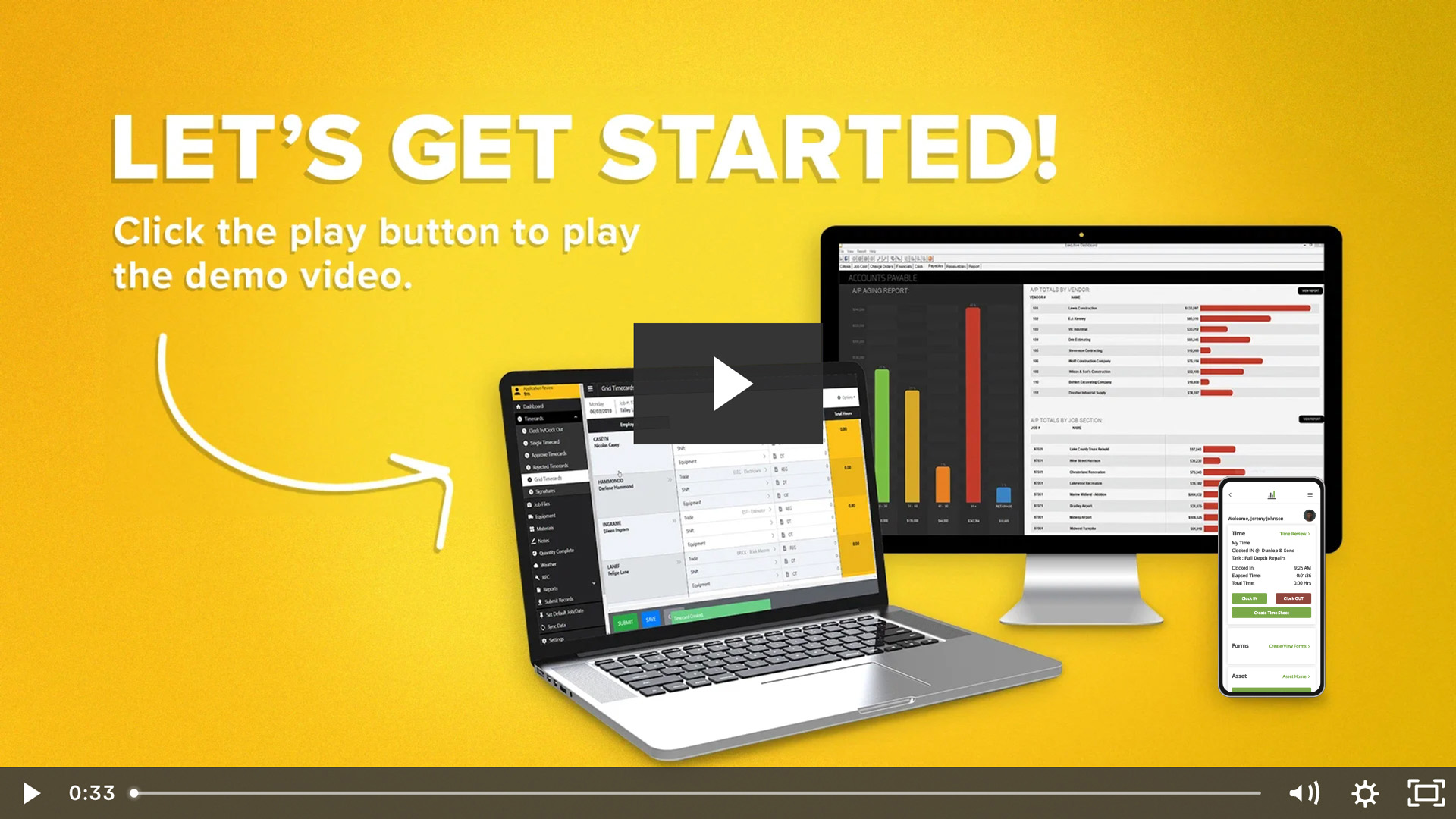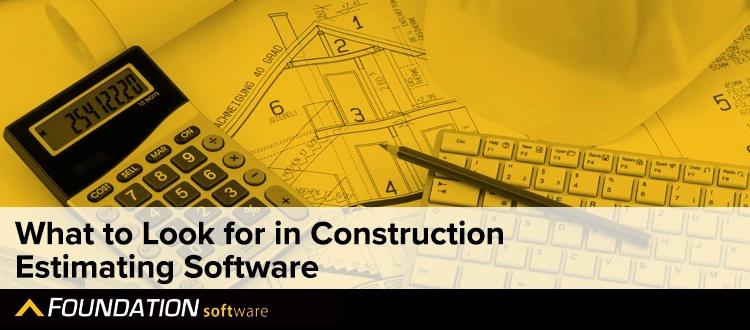
Guest Contributor: Paul Wheaton, McCormick Systems
Construction estimating software is no longer a luxury — it’s a must-have tool. For example, 75% of construction companies now use some form of digital estimating tools. Contractors bidding on new business without it are potentially wasting countless hours.
Though construction software once came with a hefty price tag, many developers now recognize the need for more affordable versions of their products — and contractors are reaping the benefits. With more cost-effective versions of software now available, contractors can affordably access the tools they require to meet their specific business needs.

While some contractors might feel like they’re missing out by not getting a top-of-the-line version of software, sometimes an entry-level version is just what their business needs. And if they know what add-ons to look for, they can get the exact features and setup they need without having to break the bank.
Entry-Level vs. Premium Construction Estimating Software
So what are you really losing out on when purchasing an entry-level version of an estimating program instead of the premium? The answer is, often, not much. Most of these programs still offer a full database of items and assemblies with labor units and easy ways to update prices. With entry-level versions, price updating is still done through national services or directly updated to your system through your local supplier.
Additionally, with an entry-level construction estimating software, smaller contractors are still able to come up with the same exact numbers as a contractor with the full version of the software.
Typically, what you do end up missing comes down to add-on features like project management, customizability of reports or performance optimizations. Still, even without these features, contractors typically save around 50% to 75% of the time they’d normally spend estimating — no small amount!
Project Management
If you do decide to include additional features, you can save even more time — and often across teams. By adding project management features, for example, project managers can break up a job into manageable bites while also having access to faster, more accurate reporting.
Want to see how long it will take you to install the lighting on the second floor? No problem, run a report to see exactly what the man hours will be, along with information like material costs or totals of conduit. Want to see a Gantt chart for a specific portion of the job? No problem, run a chart. And when you compare your actual numbers to the estimate breakdown, you can quickly get an exact measurement of how you’re performing compared to your bid.
Digital Takeoff
Another add-on that should be included with your construction estimating software, and one that’s often a game changer for the estimating process, is a digital takeoff program. With digital takeoff software, you can perform all takeoffs with a click of a button, right on top of a PDF or any other file type. What this means is you no longer need to print off paper copies of plans or waste time manually measuring and counting. You can even take your laptop on a plane and finish your takeoff before the plane does.
Furthermore, with digital takeoff programs, all important data is stored digitally in a central location so everyone that needs it has access to it. This encourages collaboration between your estimating and project management departments, while keeping all key stakeholders on the same page with up-to-the-minute data.
Accounting for change orders is also simplified. Most digital takeoff programs allow you to take a revised plan and digitally overlay it on top of the original plan, showing the estimator what’s changed between the two through the use of different colored objects. From there, you can perform a design build by drawing in the feeder or branch circuits right over top of the PDF. When finished, you can either print several copies or simply e-mail the updated PDF back to all of your project managers. That way, everyone is able to stay on the same page and track the changes made, whether in the office or out in the field.
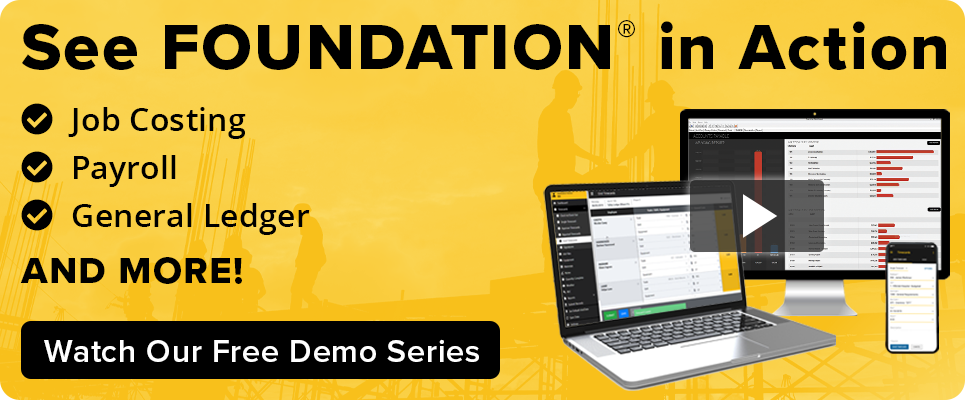
Conclusion
To sum it up, there are affordable tools out there to help round out your estimating tool belt. Estimating is one of the most important aspects of your business, and that’s not going to change. So make sure you invest in it, even if it’s just an entry-level version.
Share Article
Keep on current news in the construction industry. Subscribe to free eNews!
Our Top 3 YouTube Videos
Learn about our software more in depth with product overviews, demos, and much more!

Our ACA reporting & e-filing services include official 1094-C and 1095-C IRS reporting, optional e-filing (no applying for a TCC code required), mailing to your employees and experienced support to help you.

There are plenty of reasons to make FOUNDATION your choice for job cost accounting and construction management software — just ask our clients!

From job cost accounting software, to construction-specific payroll. Get an overview on your next all-in-one back-office solution.




